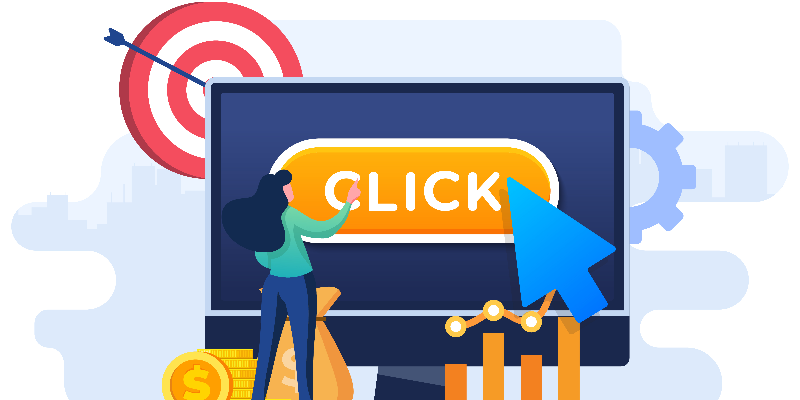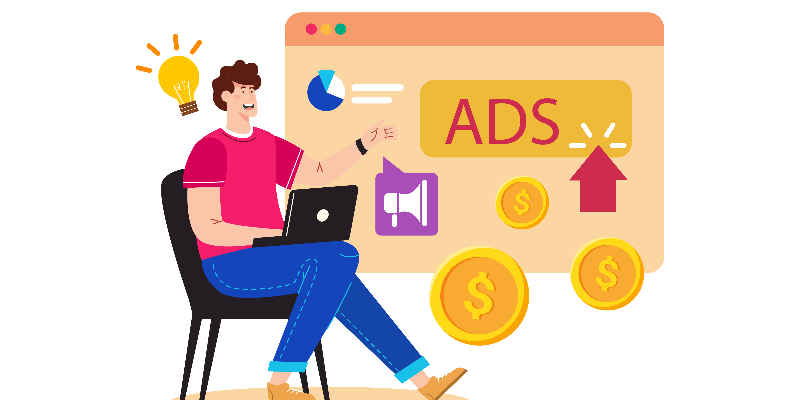

Pay-per-click (PPC) advertising is a mainstay in digital marketing, but it is being greatly changed
as
time continues through 2025. AI, automation, and new behaviors from consumers are changing how businesses
manage their PPC efforts.
Google Ads and Microsoft Advertising are using AI to automate tasks like setting bids, designing ads, and choosing who to target with their ads. Because of this, advertisers can pay more attention to strategy since AI is involved in the operational part.
Since privacy rules are getting stricter, PPC advertisers are choosing strategies that protect user privacy first. It means focusing on collecting your own user data and following global laws about protecting privacy.
To reach many audiences in 2025, PPC will require marketers to use search, display, social media, and video advertising together. In 2025, companies in the PPC sector will rely on new technology and depend more on data to improve their strategies. When firms utilize AI, adjust their advertising targeting, raise awareness of searching behavior, ensure secure data, and promote their brand across a diverse network, they can stand out in the tough digital marketing industry.

Pay-Per-Click (PPC) advertising means that advertisers only pay when their ad receives a click.
Buying
traffic to your site rather than building it yourself is what it’s about. Many businesses rely on search
engines like Google and Bing and also use social media networks, including Facebook and Instagram.
Advertisers
choose keywords that their target consumers use, and when those searches occur, ads may rank high in the
results. Because it allows visibility, targeting, and results measurement quickly, PPC is a good
option for businesses eager to draw traffic and collect conversions.As Chennai’s digital space
grows,
businesses are paying more attention to creating new strategies for online growth. In the mix, PPC
advertising
is especially important. For businesses to do well and keep up with rivals, it is important to watch for
the
newest PPC trends.
Artificial Intelligence (AI) has drastically improved PPC advertising by taking care of bid changes, optimizing ad sites, and better targeting audiences. Each campaign’s performance is made better by the quick use of current data and the streamlined approach of automation. Following PPC trends helps businesses manage their resources well and leads to better achievements.
Because of a rise in voice-controlled devices, it is now essential to focus on voice-search improvements for PPC. Adding natural language keywords and conversational phrases makes ads suitable for voice search, which raises their chances of being seen and engaged with.
Because so much digital media consists of visual content, using images and videos in PPC campaigns is more important than before. YouTube and Instagram allow businesses to make interesting visual ads that draw people’s attention and get results.
When advertising is customized for each person’s interests, users enjoy their experience, and the company is more likely to make a sale. Delivering targeted ads to customers is an important PPC development favored by businesses to better connect with them.
As people and rules become more concerned about their privacy, companies are adopting privacy-oriented approaches to PPC. Ads using this approach are sent only to users who express interest and who are respected in terms of their privacy.
Keeping up to date with PPC trends is essential for businesses hoping to do well in Chennai’s digital advertising sector in 2025. Firms that use current strategies can improve their presence on the internet, communicate effectively with their best consumers, and keep growing in the long run.

The shift in digital advertising is huge, and recent paid marketing trends news shows things all
marketers must know. Changes in platforms and consumer habits are affecting the way brands use paid
marketing
trends and news.
Today’s paid marketing trends news underlines the move toward creative strategies that help reach targets. Companies are choosing to produce interactive content that reacts to how users behave. Now, creative teams team up with data scientists to develop hundreds of alternatives for ads, focused on getting the best from colors to call-to-action text.
The ability to track users’ customer journeys in great detail is a major paid marketing trends news. Because of new technology, marketers are able to keep track of users as they move from device to device, even with cookies disabled. With these new capabilities, budget decisions and campaign improvement are being transformed
The trend toward narrowly targeted groups of users is leading the current paid marketing trends news. While earlier campaigns were designed to reach whole groups of people, now they are focused on narrow behavioral segments made up of only 1,000 users. On average, using this method produces 3-5 times more conversions than standard marketing techniques do.
Podcast and voice-activated device marketing is quickly gaining popularity in the world of advertising. New ways for brands to communicate are being introduced by Spotify’s progress in targeting and smart speaker use. With audio advertising, people can connect in a way that visual ads cannot match.
News about paid marketing trends often mentions the influence of the subscription economy. Now, the scope of campaign optimization is based on customer lifetime value, which can take years to calculate. The role of retention marketing is now on par with acquisition, making marketers think differently about how to measure and spend their funds.
New privacy laws are actually causing favorable changes in paid marketing trends. Showing openness with data and keeping to regulations is making brands trusted by consumers and index well with popular platform algorithms. Good compliance practices are now seen as important to companies’ reputations, as well as for legal purposes. Since the world of advertising changes quickly, marketers today have to adjust and respond to changes constantly.
In 2025, there will be many significant changes happening in digital advertising, and PPC marketing strategies are leading the way. Because of these PPC marketing strategy trends, companies cannot afford not to keep up with the latest paid advertising strategies. Because of AI and privacy, the metrics for evaluating PPC campaign success are undergoing change. Advertisers need to be aware of these PPC marketing strategy trends in marketing to help them optimize what they earn and ensure their business keeps growing in the digital world.
Monthly caps on expenses are now being replaced by dynamic ways of deciding on budgets. With shared budgets, marketers switch ad spend from one campaign group to another based on performance information. Thanks to this strategy, demand bursts and chances related to seasons are captured with better accuracy.
Besides making your advertisement more competitive, Quality Score also measures the efficiency of your budget. Effective campaigns get 50-70% fewer clicks for each dollar spent. Now, landing page experience, how relevant ads are, and their predicted click-through rates are the main factors in optimization plans.
Advanced use of negative keywords is growing more advanced. With search term reports, checking competitors, and using keyword expansion tools with AI, marketers keep out incorrect traffic from costing money. Around 20-30% of costs are cut when strategic negative keyword implementation is applied.
Location-based advertising is expanding its reach past only local companies. Top companies are now basing their marketing in some cities or even at stores near you. Part of a strong modern PPC strategy is adjusting bids based on location and using location extensions.
Being aggressive when bidding on competitor brand terms is not as common as it used to be. Campaigns that achieve success do so by differentiating their values and targeting comparison keywords, rather than attacking other brands. This process brings in targeted reaches who still see the brand positively.
More than 60% of traffic comes from mobile, and most campaigns start with the mobile design. Advertisers now use mobile-targeted ad text, design landing pages for thumb use, and make call-only campaigns routine.
Instead of changing campaigns based only on seasonal trends, advertisers now look back and use analytics to understand and predict upcoming changes in demand. In the days before peak seasons, campaigns are increased, and how messages are delivered is updated depending on what searches are most popular.

Overall, PPC advertising in Chennai is changing quickly thanks to new PPC marketing strategy trends
that
rely on AI, use first-party data, and combine campaigns across various channels. PPC Agencies in Chennai are making changes
to
adapt while using smart tools and novel methods to ensure their advertising is reliable and lawful. By
following these trends, such agencies are able to help businesses and consumers succeed in the changing
digital world.